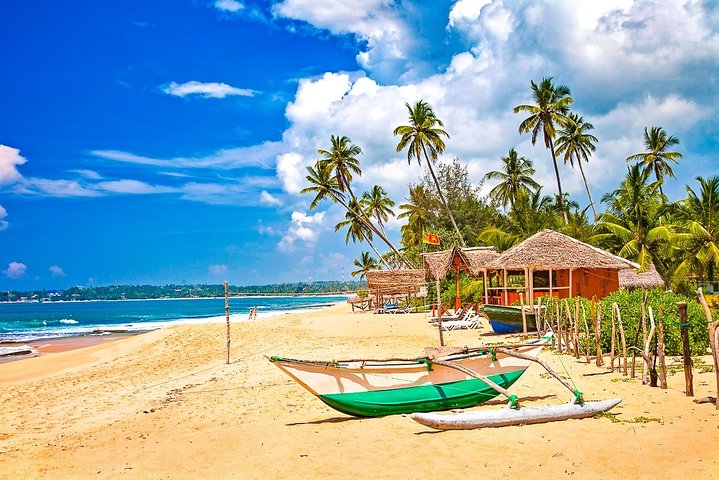Exploring the Enchanting Highlands of Haputale: A Tea Lover’s Dream
Join me as I explore the enchanting highlands of Haputale, Sri Lanka, where tea plantations, breathtaking views, and historic monasteries await. Discover the intricate process of tea production and the rich cultural heritage of this remarkable region.
A Journey Through the Heart of Sri Lanka’s Tea Country
As the sun began to rise over the lush landscapes of Sri Lanka, I found myself on a journey to the enchanting highlands of Haputale. The promise of exploring the Dambatenne Tea Factory, witnessing the breathtaking views from Lipton’s Seat, and delving into the history of the Adisham Monastery was too tempting to resist. As someone who has spent years immersed in the vibrant ecosystems of the Amazon, the allure of Sri Lanka’s tea country was a new and exciting adventure.
The drive from Nuwara Eliya to Haputale was a visual feast. The road wound through verdant hills, with tea plantations stretching as far as the eye could see. The air was crisp and filled with the earthy aroma of tea leaves, a scent that instantly transported me to a world where nature and culture intertwine seamlessly. As we approached the Dambatenne Tea Factory, I was eager to learn about the intricate process of tea production, a craft that has shaped the region’s identity for over a century.
Unveiling the Secrets of Dambatenne Tea Factory
Stepping into the Dambatenne Tea Factory was like stepping back in time. Built by the legendary Sir Thomas Lipton in the late 19th century, the factory stands as a testament to the rich history of tea production in Sri Lanka. Our guide, a local expert with a deep passion for tea, led us through the factory, explaining each step of the process with meticulous detail.
The rhythmic hum of the machines, the sight of fresh tea leaves being sorted and processed, and the warm, inviting aroma of brewing tea created an atmosphere that was both educational and enchanting. As a biologist, I was fascinated by the delicate balance of science and tradition that goes into producing each cup of tea. The highlight of the visit was undoubtedly the opportunity to taste a freshly brewed cup of tea, its flavors rich and complex, a true reflection of the land from which it came.
Embracing the Majesty of Lipton’s Seat and Adisham Monastery
With the taste of tea still lingering on my palate, we made our way to Lipton’s Seat, a vantage point that offers one of the most spectacular views in Sri Lanka. Arriving just before sunrise, I watched in awe as the first light of day painted the landscape in hues of gold and green. The mist slowly lifted, revealing a patchwork of tea fields and distant mountains, a scene that felt almost otherworldly.
As the sun climbed higher, we continued our journey to the Adisham Monastery, a place steeped in history and tranquility. The monastery, once the country house of an English aristocrat, now serves as a sanctuary for the Benedictine monks. Walking through its halls, I was struck by the sense of peace that permeated the air. The gardens, meticulously maintained, were a haven for local wildlife, a reminder of the delicate balance between human history and natural beauty.
Reflecting on my journey through the Haputale Highlands, I was reminded of the importance of preserving these unique landscapes. The tea plantations, the historic monastery, and the breathtaking views are not just tourist attractions; they are vital parts of Sri Lanka’s cultural and ecological heritage. As I made my way back to Nuwara Eliya, I felt a renewed sense of purpose in my work as a conservationist, inspired by the beauty and resilience of this remarkable region.









































